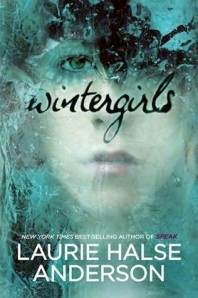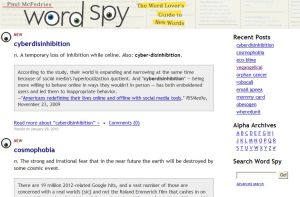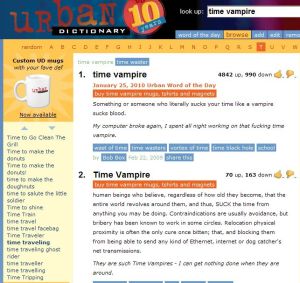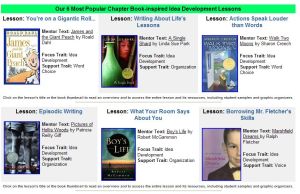Want to start a fist fight among middle and high school teachers? Ask them how you should teach grammar. Don’t believe me? That was the topic of a recent conversation at the English Companion Ning. It runs for over five pages! Even after reading what so many experienced and intelligent educators had to say, I have to admit, I’m still confused.
But I did chime in. The first paragraph of my response read as follows:
Most recently I’ve taught grammar in context of real literature, but then I began to realize that not only was I missing some key concepts, but some students by their learning natures were not seeing connections. I really needed a program that was more systematic, recursive, and explicit. Wow. I didn’t realize that was what I needed until I just typed it. (Lesson to be learned: writing can create thinking, as well as vice versa).
A colleague warned me that I should be careful what I wished for, since I probably didn’t want a program that was systematic, recursive, and explicit. But, oddly enough, that’s what I do want, and that’s what I feel is needed.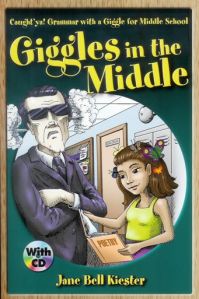
Unlike reading, which is open to many interpretations, grammar actually functions by certain rules. Some of those rules must be understood before others (hence my emphasis upon systematic). I also know from years when I looped (from third to fourth), and more recently when I taught my former fourth graders as sixth graders, grammar rules are often forgotten, or need to be retaught in context of more difficult literary contexts (hence the recursiveness). And yes, I feel that grammar needs to be explicit. In the same way that mathematicians share a universally understood vocabulary, so should readers and writers. When discussing a piece of writing, for example, even a third grader should know what is meant by “the writer’s use of specific adverbs.”
So how can we teach grammar in a way that is not only systematic, recursive, and explicit, but also creative and engaging? Jane Bell Kiester seems to offer one solution in her Giggles in the Middle: Caught Ya! Grammar with a Giggle for Middle School. Using daily correction exercises, middle school students can dramatically improve their knowledge of grammar, vocabulary, and writing structure.
But how are these daily exercises different from other types of daily corrections? First of all, Giggles in the Middle is one continuous story, which helps to increase student engagement while providing meaningful context. Secondly, the exercises focus not only on grammar but also vocabulary development. A third difference is that this program integrates creative, original writing, with a new Writing Idea offered every three to four days.
In the Caught Ya approach Kiester offers a lot of teaching tips, having used and tweaked this program in her own class for many years. She also discusses a number of variations to the approach which teachers might want to adopt, depending upon their individual preferences and student populations. In all cases, however, emphasis is upon students understanding not only what is wrong, but why (see this sample student Caught Ya).
The book includes enough Caught Yas for sixth, seventh, and eighth grade. Each day’s passage is presented with errors, corrections, and explanations of those corrections. Teachers with limited knowledge of grammar will find all the information they need to teach the lesson with confidence. The books also includes “almost midterm” and final exam tests, should a teacher choose to conduct summative assessments.
What I like best of all is that all exercises are included on an enclosed CD. For teachers who routinely use interactive whiteboards, or for those who need to print out exercises for absent or special needs students, the CD is a real timesaver.
If you’re looking for a grammar solution that delivers results, I suggest you check out Giggles in the Middle: Caught Ya! Grammar with a Giggle for Middle School or, for the high school crowd, Chortling Bard: Caught’ya! Grammar with a Giggle for High School. Need more convincing? Read more about the Caught Yas and also see what students and teachers have to say over at Maupin House.


